Professional — Creative — Innovative
Page Speed Optimization
For Business, Agency, influencer, Blogger, Reseller , Local Business, E-commerce, Retail Businesses, SMEs, Restaurants, Healthcare, Travel, Real estate , Law firms, Media, News, Fitness, Casino, Gambling
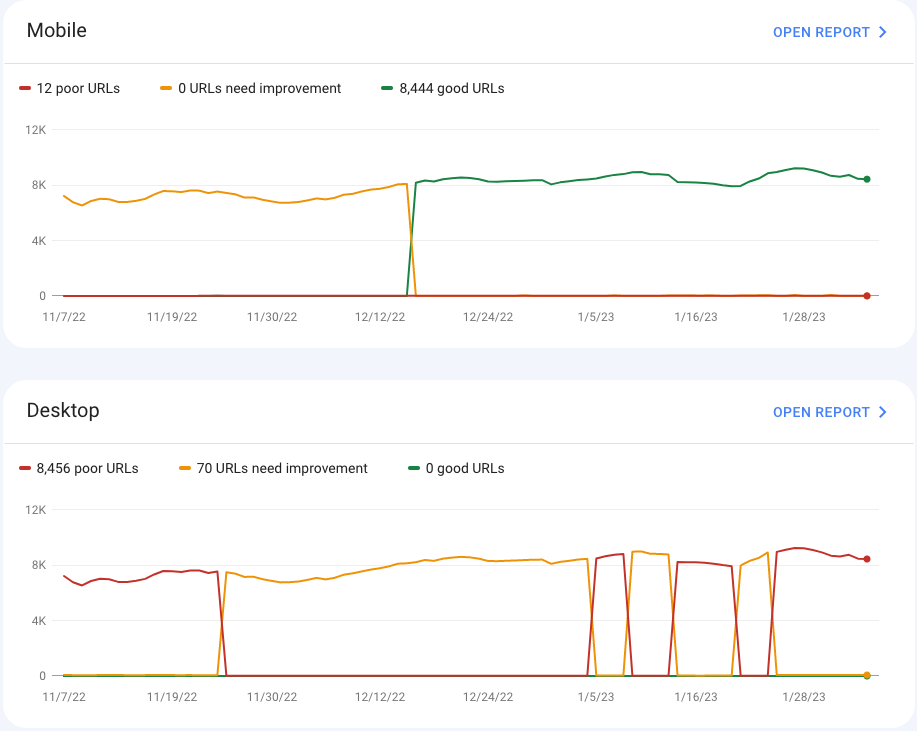
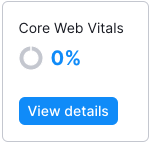
Unleash Speed Optimization Potential Today
Tired of losing customers to slow loading times? Let our Page Speed Optimization service put an end to it!
01.
Largest Contentful Paint
Largest Contentful Paint (LCP) measures the time it takes for the largest content element on a webpage to fully load, which is crucial for optimizing user experience and reducing bounce rates.
02.
First Input Delay
First Input Delay (FID) measures the time it takes for a user’s first interaction with a webpage, such as clicking a button, to be processed, which is crucial for optimizing website interactivity and user experience.
03.
Cumulative Layout Shift
Cumulative Layout Shift (CLS) measures the visual stability of a webpage by tracking how much the content shifts during page load, which is crucial for optimizing user experience and preventing frustration.
Why is Speed Optimization important?
Speed optimization is important for providing a better user experience, improving search engine rankings, increasing conversion rates, and optimizing for mobile devices.
User experience
Faster loading times improve user satisfaction and reduce frustration.
SEO ranking
Faster websites and applications are favored by search engines, leading to better search engine rankings.
Conversions
Faster loading times increase the likelihood of users completing actions such as making purchases or filling out forms.
Engagement
Users are more likely to stay engaged with a website or application that loads quickly.
Revenue
Faster loading times can lead to increased sales and revenue for businesses.

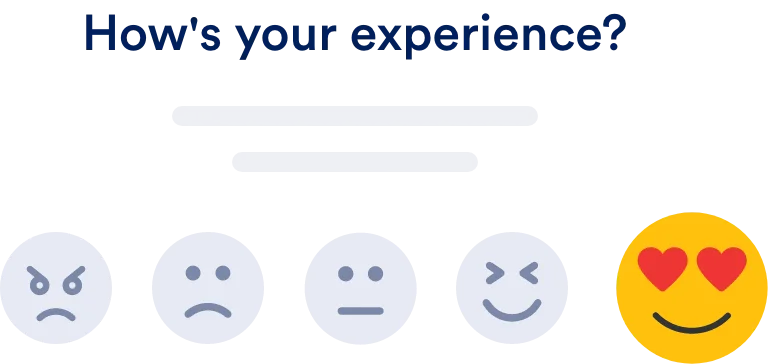

Speed Optimization Do's
- Optimize images
- Minimize HTTP requests
- Use caching
- Prioritize above-the-fold content
- Optimize code
- Minimize redirects
Speed Optimization Don'ts:
- Use too many plugins
- Neglect mobile optimization
- Ignore server response time
- Forget about testing
- Use large media files
- Use inline CSS and JS unnecessarily.
Need help with your IT endeavors? Contact us to get a professional service.
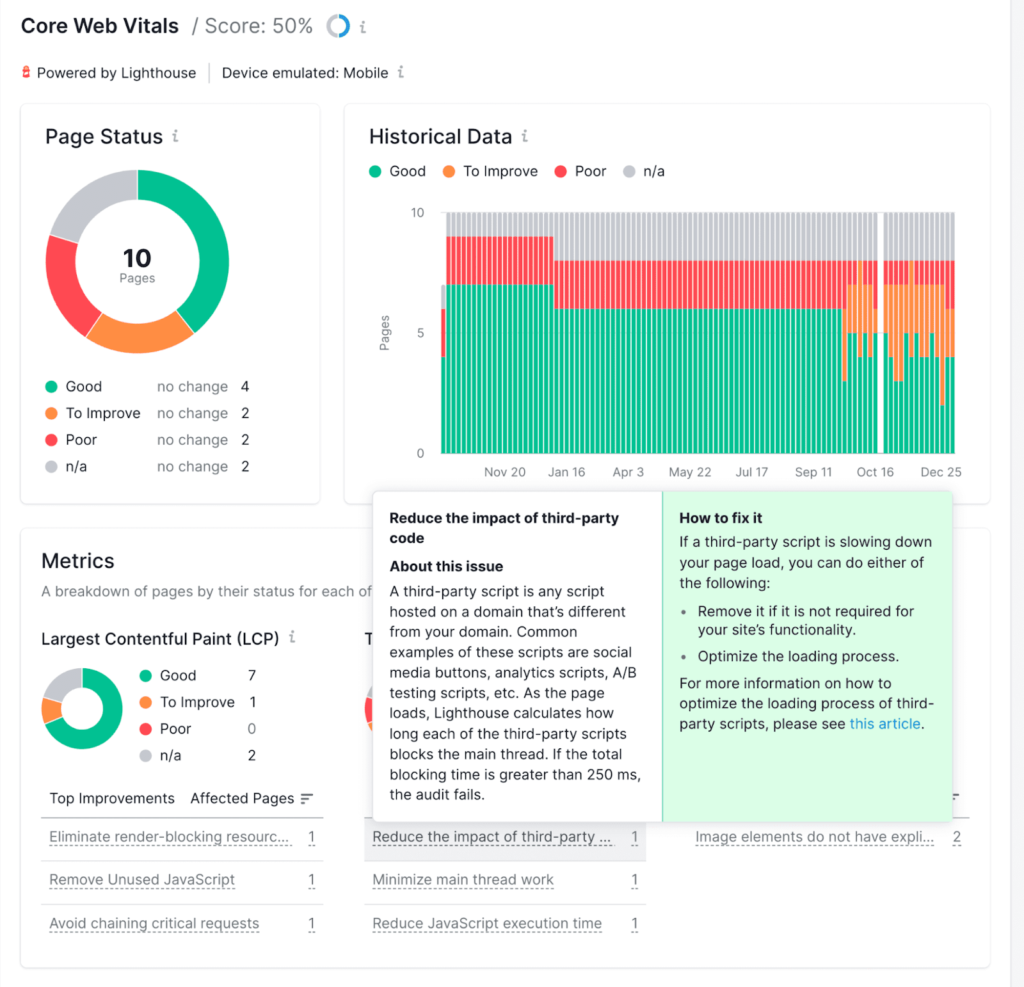
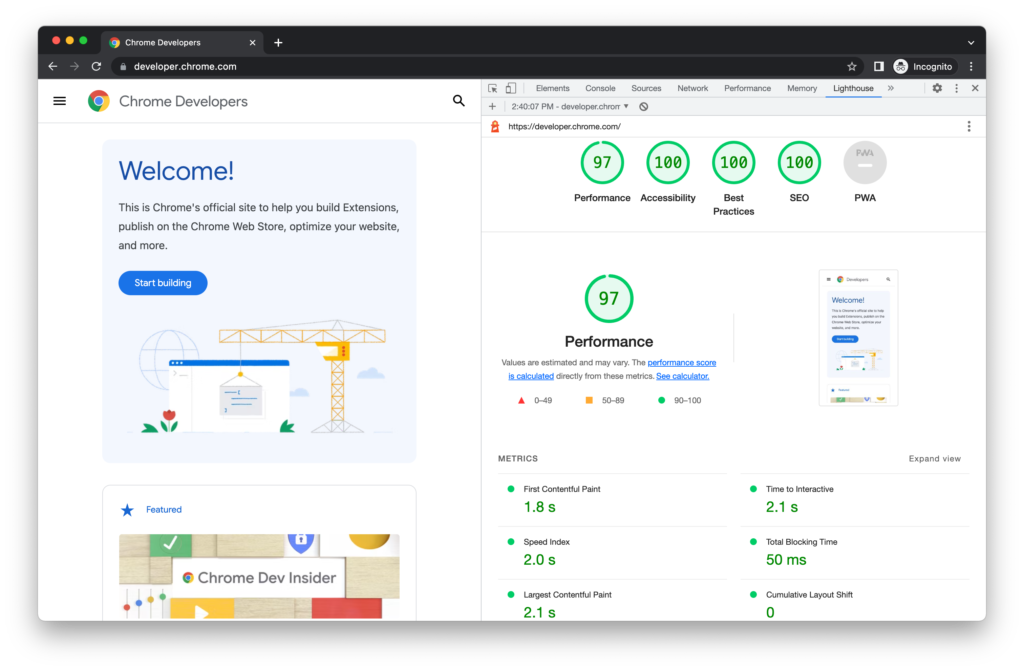
What is Page Speed Optimization?
Page speed optimization is the process of improving website or application performance, aiming for faster loading times, better user experience, and higher search engine rankings.
It includes the following
Image Optimization
- Compressing images
- Using the right file format
- Resizing images
Minimizing HTTP Requests
- Combining files
- Reducing page elements
- Using CSS sprites
Leveraging Browser Caching
- Setting expiration dates
- Using a content delivery network (CDN)
- Implementing server-side caching
Prioritizing Above-The-Fold Content
- Loading important content first
- Delaying non-essential content
- Using lazy loading for below-the-fold images
Minimizing Code
- Minimizing HTML, CSS, and JavaScript files
- Removing unnecessary code
- Avoiding inline styles and scripts
Mobile Optimization
- Prioritizing mobile user experience
- Using responsive design
- Reducing page weight for mobile devices
Speed Optimization SERVICES FAQ
Page speed optimization can benefit your website in several ways, including improving user engagement, reducing bounce rates, increasing conversions, and improving search engine rankings.
Yes, page speed optimization can improve your website’s search engine rankings. Google has stated that page speed is a ranking factor, so faster-loading websites may rank higher in search results.
Yes, page speed optimization can help your website load faster on mobile devices. Mobile optimization is an important part of page speed optimization, and techniques like responsive design and mobile-specific optimizations can improve mobile load times.
The time it takes to see results from page speed optimization depends on the specific optimizations that are made. However, many optimizations can result in noticeable improvements in load times within a few days or weeks.
On-page SEO can have a significant impact on user experience, as a well-optimized website will load quickly, be easy to navigate, and provide relevant and valuable information to the user. A positive user experience can lead to increased engagement on the website, including longer visit durations and a higher likelihood of conversions.
If your website is hosted on a slow server, page speed optimization may still be able to improve load times by optimizing other factors like image size and code structure. However, upgrading to a faster hosting plan may also be necessary for significant improvements.
Yes, it’s possible to undo page speed optimization changes if they don’t produce the desired results. However, it’s important to work with a professional service to ensure that changes are made safely and effectively.
Maintaining page speed optimization requires ongoing monitoring and updates. It’s important to test your website regularly and make updates as necessary to ensure that it continues to perform optimally.
Page speed optimization should be done periodically to ensure that your website continues to perform optimally. It’s recommended to perform page speed optimization every 6 to 12 months.
While some page speed optimization techniques can be done by website owners, others require technical expertise. It’s recommended to hire a professional service for best results.
The cost of page speed optimization varies depending on the scope of the project, but it typically ranges from a few hundred to a few thousand dollars.
The time it takes for page speed optimization depends on the size and complexity of the website. It may take anywhere from a few days to several weeks.
Common tools used for page speed optimization include Google PageSpeed Insights, GTmetrix, Pingdom, WebPageTest, and YSlow.
Faster load times can increase conversion rates by reducing the time it takes for users to complete actions like filling out a form or making a purchase. Slower load times can lead to higher abandonment rates and lost sales.
Faster load times can improve user experience by reducing frustration and increasing engagement. A slow-loading website can lead to high bounce rates and a negative perception of your brand.
Faster load times can increase revenue by improving user experience and conversion rates. In addition, faster-loading websites can reduce the cost of paid advertising by improving Quality Scores and reducing bounce rates.